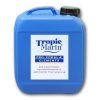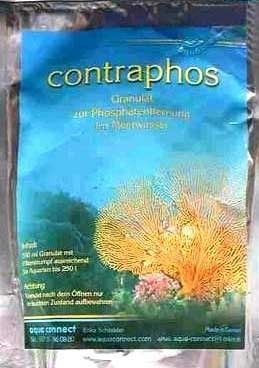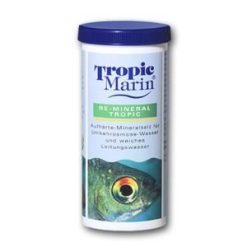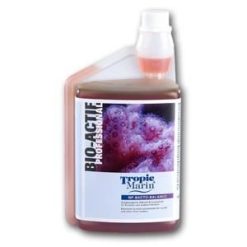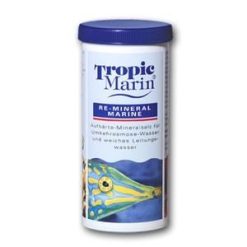Phosphate is an important element of life, though only required in small quantities. A high level of phosphate in your tank water must be considered a substantial disturbing factor. Natural habitats, not yet affected by humans, normally contain only low concentrations of phosphate. An undesired intense growth of algae is a side effect of high phosphate loads in fresh and salt water tanks is. In salt water tanks an obstruction of calcium synthesis on red coralline algae, stone corals and other calcium organisms may happen. Phosphate levels of more than 0.1 mg/l in fresh and salt water will result in negative effects as described above.
There are already some products for phosphate removal in the market. Hereby, it is important to distinguish two different product categories:
Product category I: Phosphate will be embedded into complexes.
A phosphate test will not indicate this kind of phosphate because it was transformed into a different chemical compound. The organisms in the tank will resolve these complex bound phosphates. Finally in the same level of phosphate as initially bound will be detected.
Product category II: The phosphate will be bound into granulate by a chemical adsorbtion preventing a recurring precipitation. By removal of the granulate from the system, the bound PO4 is eliminated.
contraphos belongs to product category II. Its sure that contraphos will not emit any unwanted accompanying substances into the water. The application in fresh and salt water is totally harmless.
APPLICATION: Fill contraphos into a filter sock. contraphos must not be used in a bypass, but can be used directly in the filter right after mechanical and biological filtration.
IMPORTANT! Do not expose clothes to contraphos to prevent tenacious stains.
Keep container closed and out of reach of children.

